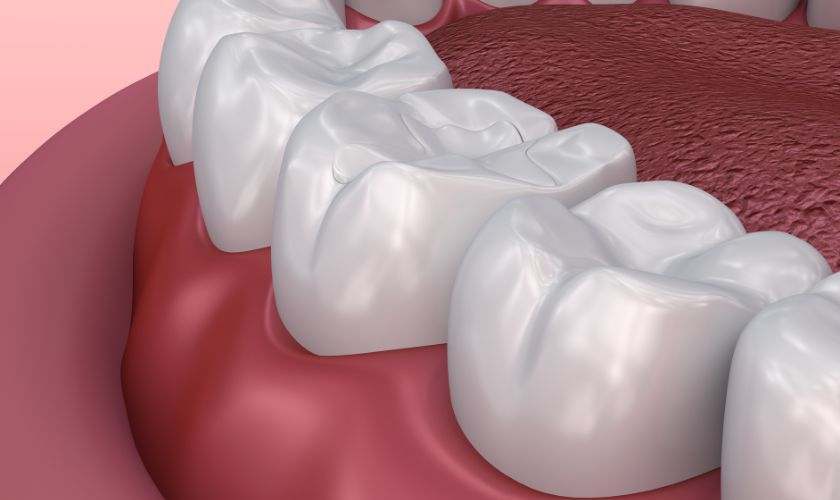
While heredity is the most common cause of misaligned teeth, a child’s individual development and oral habits can also play a role.
The fix is typically orthodontic treatment, but there are a few things you can do to help minimize the severity of a bad bite before teeth set and braces become the inevitable choice.
Keep an eye on your youngsters’ oral fixation habits
Extended thumb sucking, tongue thrusting and pacifier use beyond the arrival of primary teeth can be problematic to the development of a proper bite.
Each of these habits tends to place undue forward-pressure on upper teeth, and reverse, downward-pressure on bottom teeth – both of which can impact the proper development of a child’s jaw.
Your dentist and pediatrician can help curb these habits, but being aware of them is the most important first step.
Bring your child to their first dental appointment early
Many parents wait far too long to bring their kids in for their first dental exam. Doing so robs your child’s dentist of the opportunity to diagnose early cavities, late-arriving primary teeth and a host of other concerns that pose a threat to the unchallenged arrival of permanent teeth.
So, as soon as you see that first tooth starting to come in, pick up the phone and make an appointment.
Space-maintainers can work wonders
Between ages five and seven, your child’s mouth is going to get crowded – particularly if they’ve been genetically gifted with teeth larger than their mouth can hold, and if their primary teeth are hanging around longer than they should.
If this sounds like your child, your dentist may suggest a consultation with an orthodontist to proactively remove teeth (to make room for incoming teeth), and to fit your child with a space-maintainer.
Space maintainers prevent the shifting of teeth and save the space for permanent teeth to arrive without the obstruction of a baby tooth. The result is typically less overcrowding and, subsequently, straighter teeth.
Do your best to prevent early tooth loss
Tooth shift drives misalignment. Whether because a tooth falls out or is knocked out, spaces not preserved by space maintainers (when young) or bridges (when older) will eventually lead to a bad bite.
Younger children learn to adapt to space maintainers, but teens aren’t too fond of bridges. So, if you want to help them stay clear of a bridge early on in life, invest in a custom mouth guard if your child plays sports.
As you can see, it’s not all in the genes. There are steps you can take to minimize the severity of a bad bite, some of which could eliminate or reduce the duration of any future orthodontic work.
Call our to make an appointment with a dentist who may be able to help you find out more about this topic, and improve your oral health.
Recent Post
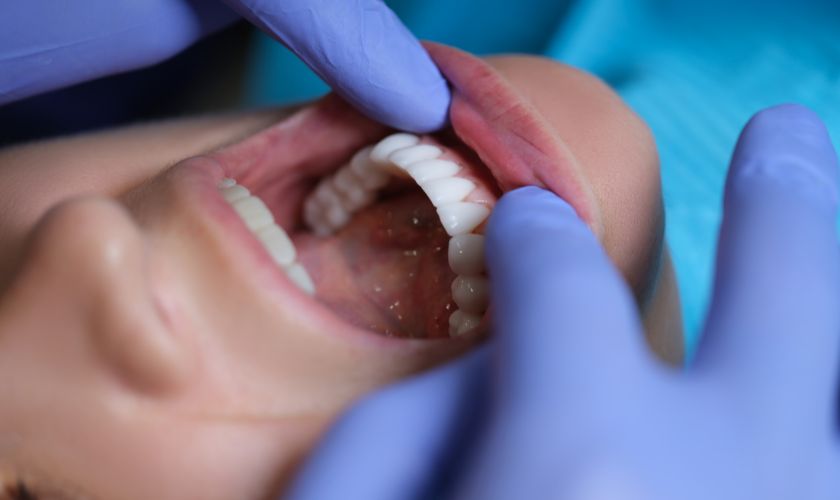
Your Guide to a Smooth Oral Surgery Recovery: Minimizing Discomfort and Maximizing Healing
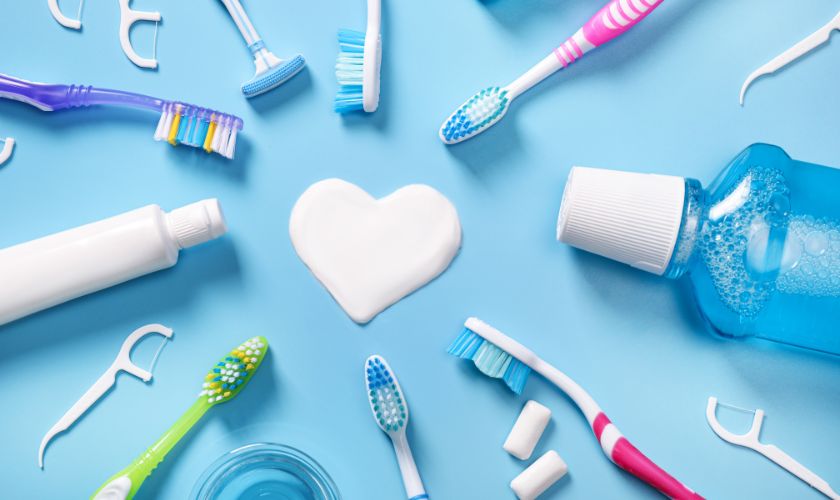
Brushing Isn’t Enough: The Complete Guide to Routine Dental Care
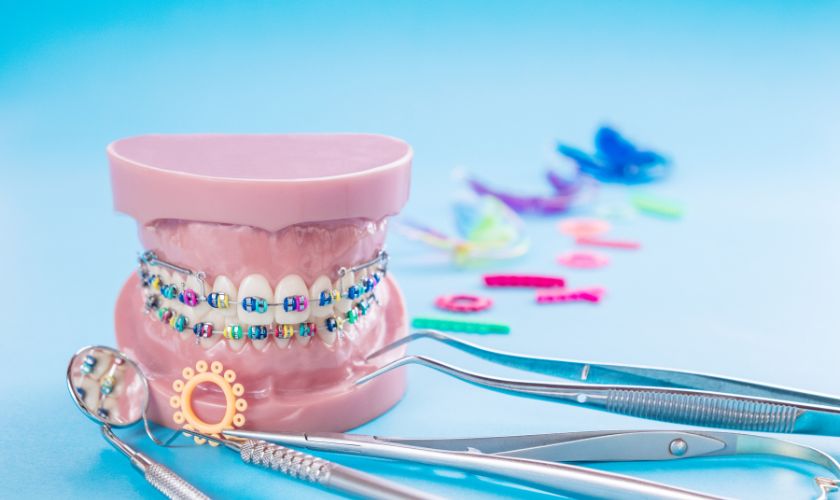
What are the methods of orthodontic treatment?
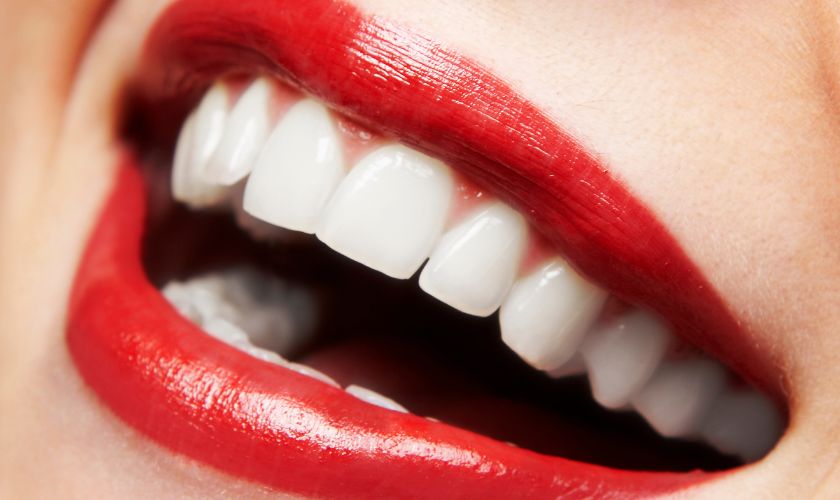
7 Things to Avoid After Teeth Whitening
